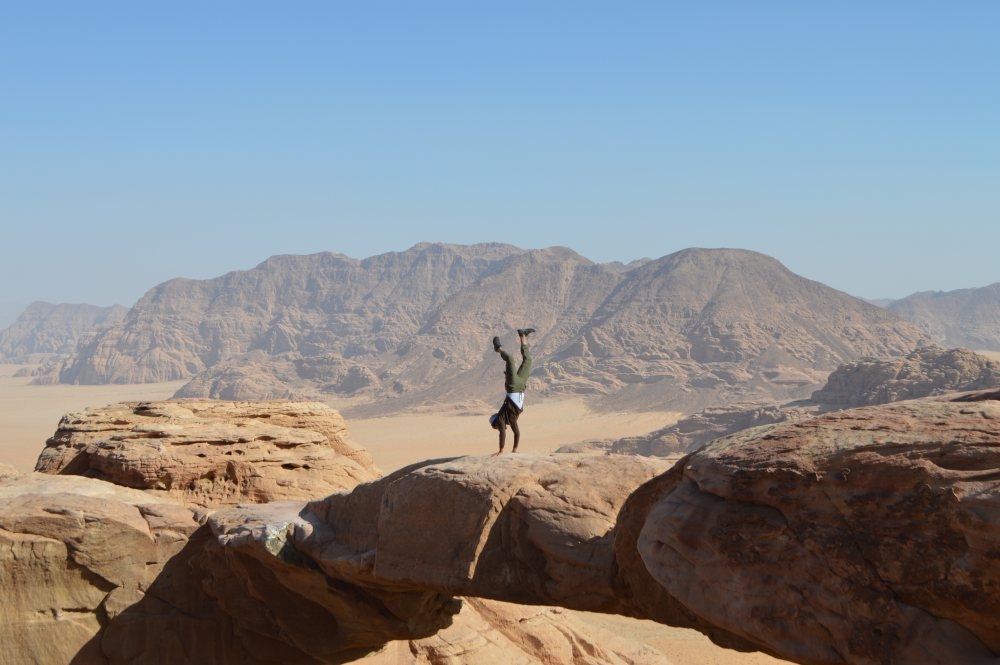- Details
- Written by: Sian Lewis
Welcome to adventurous Jordan. The most active destination in the Middle East is home to treasures including ancient Petra, the desert wilderness of Wadi Rum and the bizarre Dead Sea, plus country-crossing trekking trails, tropical waters and adrenaline-fuelled canyons to explore. These are eight of the best active ways to explore this friendly country, just a five hour flight from the UK.
1. Scramble to Burdah Bridge in Wadi Rum
Wadi Rum is anything but a flat and featureless desert. Amongst the dunes are the huge brick-red sandstone formations that make this huge wilderness a mecca for climbers and scramblers. You need a bit of a head for heights and good fitness levels but no climbing experience to go on a scrambling walk with a guide. Try to keep up as they climb and jump between stone that has been carved and polished into fantastical shapes by the elements and coloured a rich ochre by iron oxide. The most famous natural wonder in the desert is the 35 metre high Burdah Rock Bridge, a towering stone arch that is wide enough to walk across if you’re brave enough.
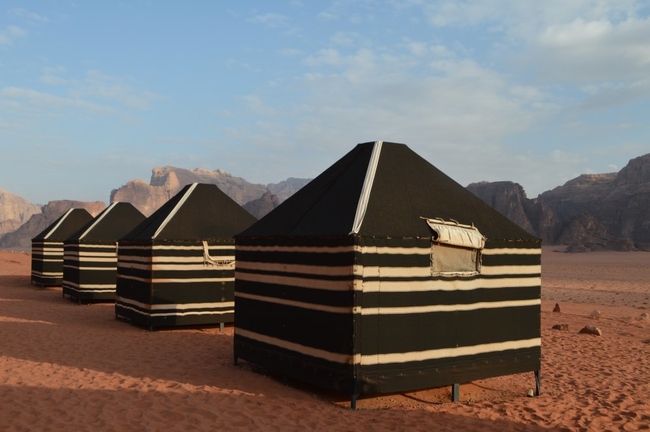
2. Stay in a Bedouin camp
A stay in a traditional desert camp with a Bedouin tribe is the perfect way to experience Jordan’s famously warm welcome to visitors. The ancient nomadic Bedouin tribes create their tented homes wherever they settle in the desert, and they’re now also open to travellers looking for somewhere to stay the night. The Ammarin camp, near Little Petra, is run as a collective by members of the Ammarin tribe. Staying in a comfortable goat hair tent surrounded by desert and towering rocks is an amazing experience, and guests gather in the huge main canopied tent in the evening for a delicious dinner eaten around the campfire, followed by mint tea and traditional music. The Ammarin can also act as local hiking guides.
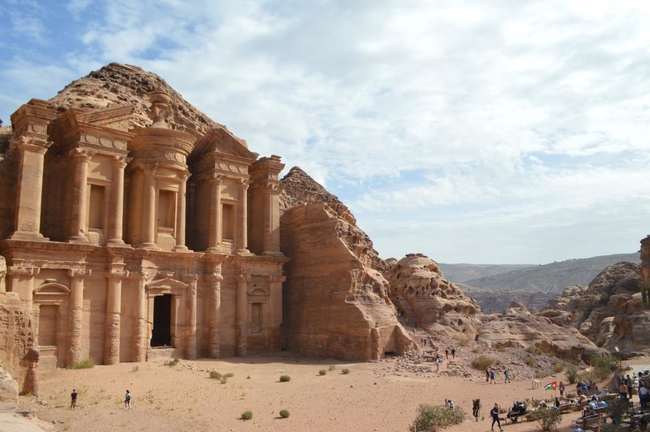
3. Hike to Petra
Petra, Jordan’s Wonder of the World, really does have to be seen to be believed. This ancient city was carved from rose-red rock in 300BC but after the city was abandoned it was lost in the desert until 1812. Now the huge archaeological site is busy with visitors (this is one of the few places in Jordan where you’ll find crowds) but it’s still absolutely worth visiting for the experience of walking age-old roads under the intricately carved temples, monasteries and iconic treasury crafted by the Nabateans, the nomadic people who built the city. The best way to discover Petra on foot is to hike there from Little Petra (a smaller but rewarding archaeological site) along the Jordan Trail – this eight-mile route known as the ‘back way’ brings you through the desert and then rewards you with a mirage-like view of Petra’s monastery in the distance.
The 7.8 mile Little Petra to Petra hike is part of the Jordan Trail: jordantrail.org
4. Catch sunrise or stargaze in Wadi Rum
T E Lawrence described the desert that is Jordan’s crowning glory as “vast, echoing and godlike”. The best way to see it is to set your alarm for before dawn and hike, ride a camel or get a lift in a 4x4 into the heart of the desert, just in time for sunrise. A guide (an essential when travelling in this enormous wild space) will then prepare fresh mint tea whilst you watch the sun light up the sands in hues of pink and gold. Stay the night in one of the welcoming Bedouin camps scattered across the desert – the Milky Way camp is beautifully placed to catch the sun setting and then see the camp’s namesake galaxy light up the clear desert skies.
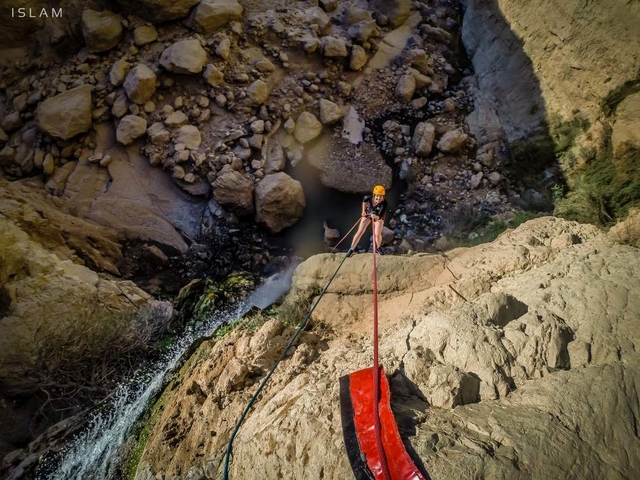
5. Go canyoning and abseiling in Wadi Zarqa Ma’in
Go scrambling through the wide desert canyon of Wadi Zarqa Ma’in, spashing and jumping into natural pools, climbing over rocks and boulders and then approaching the stars of the show – two huge, towering cliffs that require abseiling down. There’s no other way out of the gorge, so you have to put your money where your mouth is, lean back and step down and into a yawning chasm, abseiling right next to gushing waterfalls. Terhaal Adventures offer a day-long canyoning trip with two waterfall abseils.
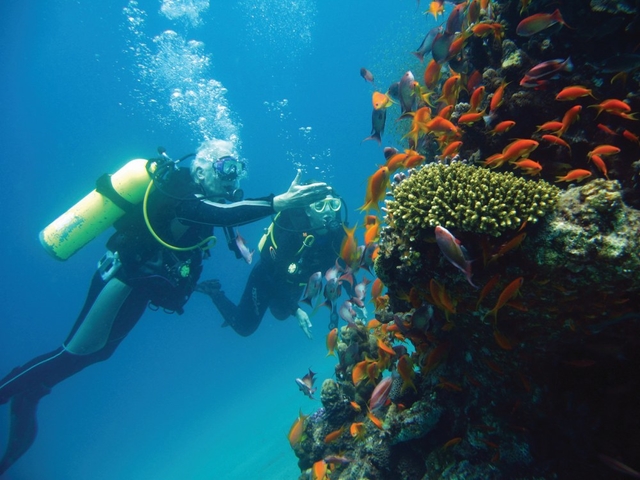
6. Snorkel or scuba in Aqaba
Right at the southern tip of Jordan’s dry desert is an oasis-like sight – the crystal clear blue waters of the Red Sea at Aqaba. Aqaba itself is a relaxed resort town but the real draw here is the spectacular diving and snorkelling off its coast. There’s a rainbow of coral reefs and gardens spread over 25 dive sites, and most are easily accessible to snorkelers as well as scuba divers. Look out for turtles and tropical fish or explore the wreck of a C130 Hercules plane – it’s an eerie sight, despite having been deliberately sunk as an artificial reef rather than crashed in the deep.
7. Swim in the Dead Sea
Welcome to the lowest place on earth. Floating on the Dead Sea, 400 metres below sea level, is one of the weirdest wild swims of your life. The blue salt lake that borders Jordan, Israel and the West Bank is starkly beautiful, and so salty that you’ll float like a cork on the top of the water – it’s true that you’re so buoyant you can read a newspaper while you bob around. Your best bet for a salty swim is a stay at one of the hotels along the Jordanian shore that have private beaches where you can paint yourself with the black, mineral-rich mud found on the shoreline before washing it off in the warm water.
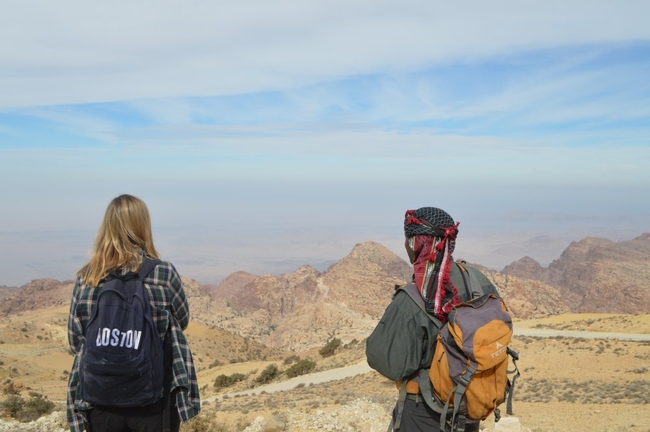
8. Trek the Jordan Trail
Fancy a hiking challenge? Lace up your walking boots and take on the epic Jordan Trail, which covers 372 miles and winds down the length of the country from the ancient ruins at Umm Qais to the inviting Red Sea. Most hikers take 36 days to thru-hike the whole thing, or you could walk just one of the eight separate stages, many of which were constructed with help from local Bedouin tribes. The trail takes in Petra and Wadi Rum as well as olive groves, crusader castles and 52 villages and communities where you can refuel and stay the night. You can also hire guides via the Jordan Trail Association to lead you on sections of the trail. If you really want to get under the skin of Jordan, walking some of this challenging but rewarding path is how to do it.

